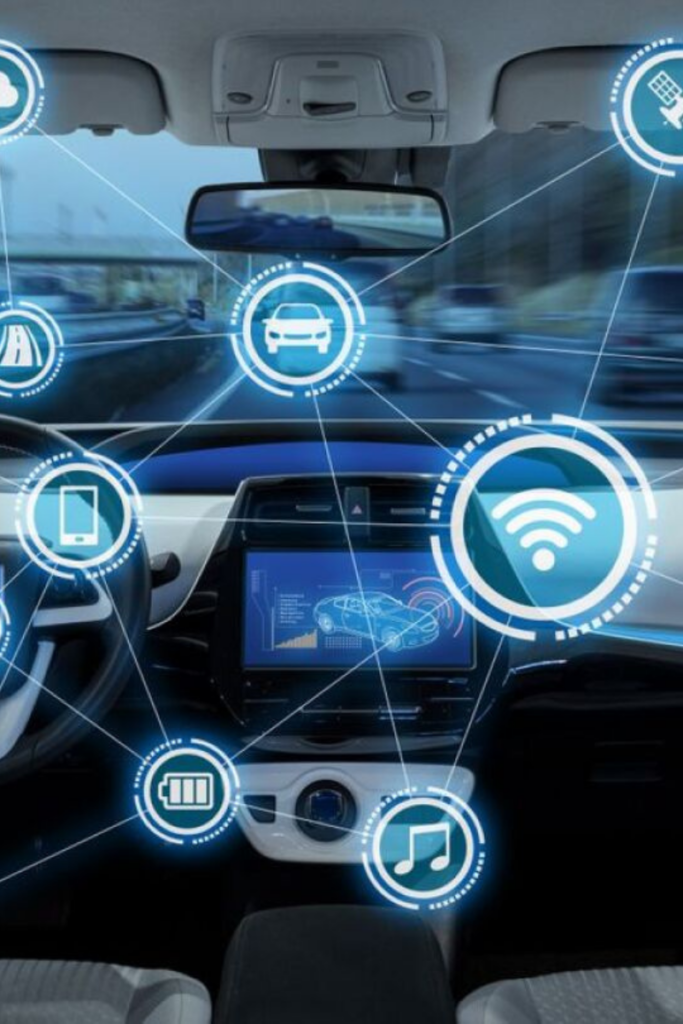Enhancing Law Enforcement with Smart Technology
As technology evolves, so does the landscape of law enforcement. One of the most significant advancements in recent years is the emergence of connected police vehicles. These vehicles, equipped with advanced communication systems and integrated data networks, are revolutionizing how officers interact with each other, their environment, and the central command. This blog post explores how connected police vehicles can shape law enforcement operations’ future.
What Are Connected Police Vehicles?

Connected police vehicles are more than just cars; they are mobile command centers. These vehicles have high-tech communication systems, internet connectivity, and access to cloud-based databases. They enable real-time data sharing among officers, dispatch centers, and other emergency services, ensuring a coordinated response to incidents.
The Benefits of Vehicle Connectivity
The primary advantage of connected police vehicles is enhanced situational awareness. Officers can receive up-to-the-minute updates about ongoing incidents, traffic conditions, and potential threats through real-time data exchange. This information is crucial for making informed decisions quickly and efficiently.
Real-Time Data Access
Connected vehicles provide officers instant access to various databases, including criminal records and vehicle registrations. This means that background checks, which previously might have taken time and delayed responses, can now be conducted directly from the vehicle in seconds.
Improved Response Times
Connectivity also improves dispatch efficiency. GPS systems integrated with real-time traffic data can guide officers to their destinations using the quickest routes. Avoiding traffic congestion can be a matter of life or death during emergencies.
Enhanced Officer Safety
Connected police vehicles enhance officer safety in numerous ways. For instance, should an officer need immediate assistance, the vehicle can automatically send an alert to the command center with the location and nature of the emergency. Health monitoring systems can also alert dispatchers if an officer is in distress, further ensuring their safety on duty.
Integration with Other Technologies
Connected vehicles seamlessly integrate with other technologies, such as body cameras and public surveillance systems. Footage from these devices can be uploaded in real-time to the cloud, which can be accessed by the command center or other units as needed. This integration is vital during complex operations where multiple law enforcement branches work together.
Challenges and Considerations
Despite their benefits, the deployment of connected police vehicles comes with challenges. Cybersecurity is a primary concern; these vehicles must be protected against hacking and other cyber threats. Additionally, implementing such advanced technology requires significant investment in equipment and training.
The Road Ahead
As we look to the future, connected police vehicles are set to become even more advanced. Developments in artificial intelligence and machine learning could lead to predictive policing capabilities, where data collected from various sources is analyzed to anticipate crimes before they occur.
Connected police vehicles are at the forefront of modernizing police operations. They enhance the efficiency and safety of law enforcement officers by providing them with tools that leverage the full potential of digital technology. As this technology continues to evolve, it promises to transform the capabilities of law enforcement agencies further, making our communities safer and more secure.


